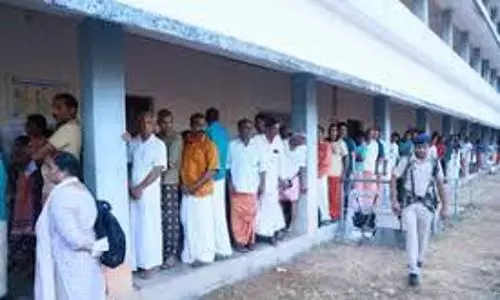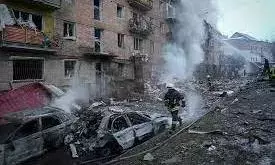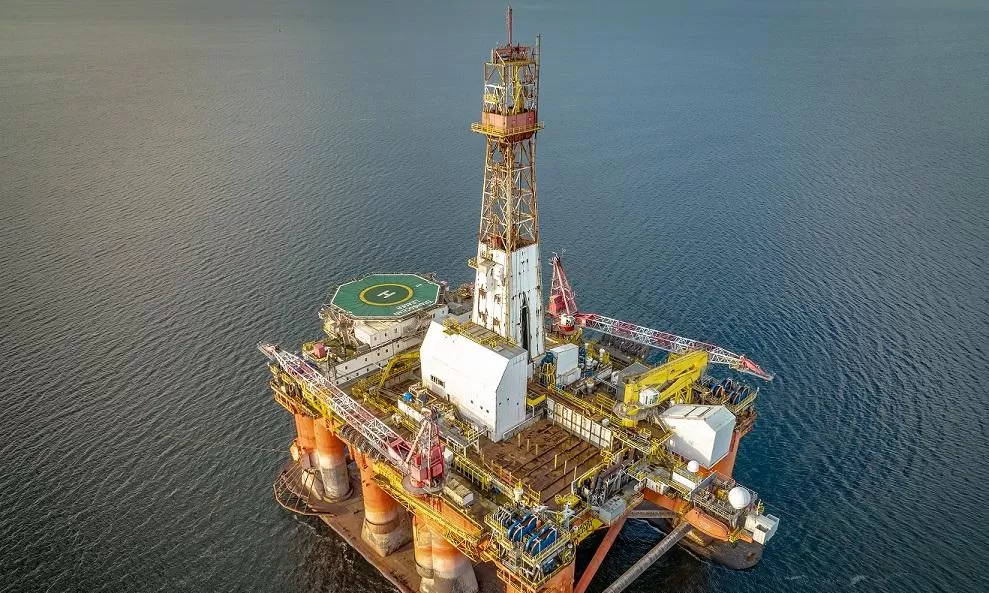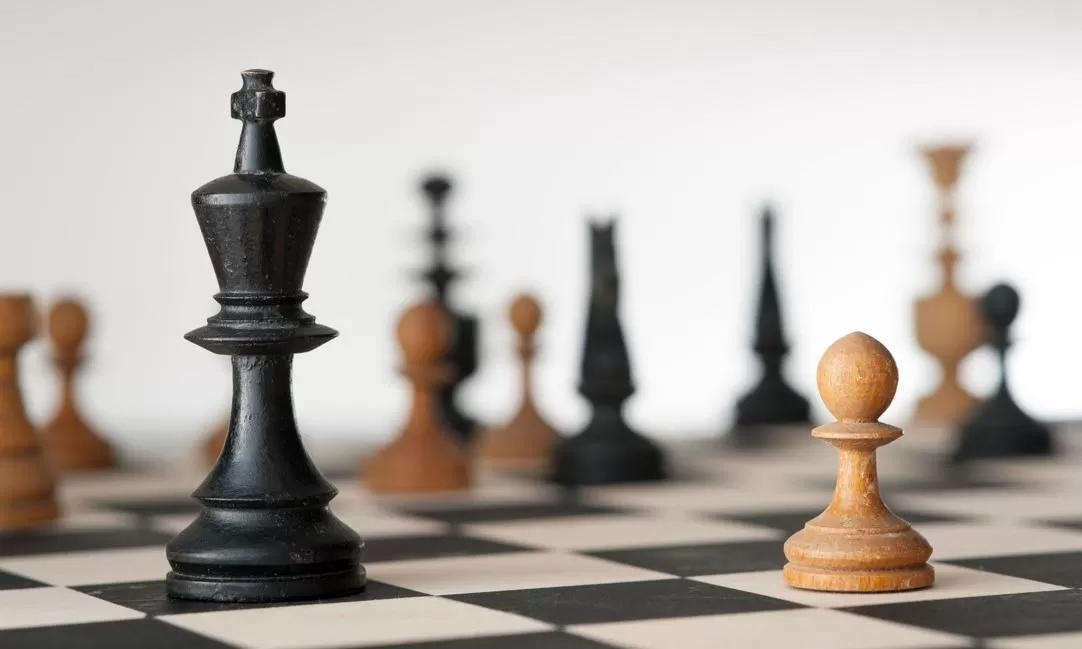
NASA telescopes catch a detailed view of asteroid test strikes
text_fieldsAfter NASA intentionally crashed a spacecraft into an asteroid on Tuesday, two of the most powerful space telescopes in history - the James Webb Space Telescope and Hubble Space Telescope captured the event in incredible detail.
Double Asteroid Redirection Test (DART) spacecraft was sent to crash on asteroid Dimorphos which is 9.6m km away from Earth. It was the first ever in-space test for planetary defence which makes the images important records. It is also the first time both telescopes simultaneously observed the same target.
Webb took one observation of the impact location pre-collision, then several observations over the next few hours. NASA took to Instagram to share the images and videos from James Webb's near-infrared camera. It shows a tight, compact core with "plumes of material appearing as wisps streaming away."
Asteroid Dimorphos moved over at a speed over 3 times faster than the original speed limit Webb was designed to track. This made capturing images a "unique challenge".
The Hubble telescope took images 22 minutes, five hours, and 8.2 hours after the impact. They showed the movement of ejection from the asteroid which looks like "rays stretching out from Dimorphos".
In a press note, NASA Administrator Bill Nelson said we learn more when we work together. "Observations from Webb and Hubble together will allow scientists to gain knowledge about the nature of the surface of Dimorphos, how much material was ejected by the collision, and how fast it was ejected." Scientists are keen to learn how kinetic impact can modify an asteroid's orbit.
























